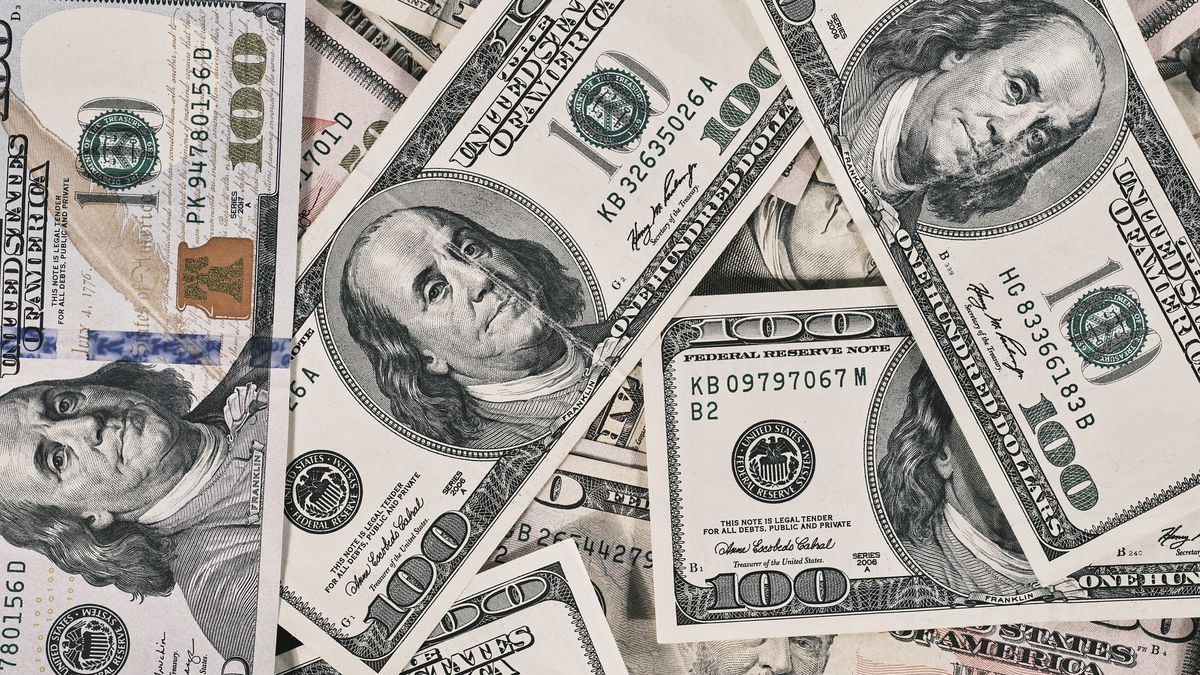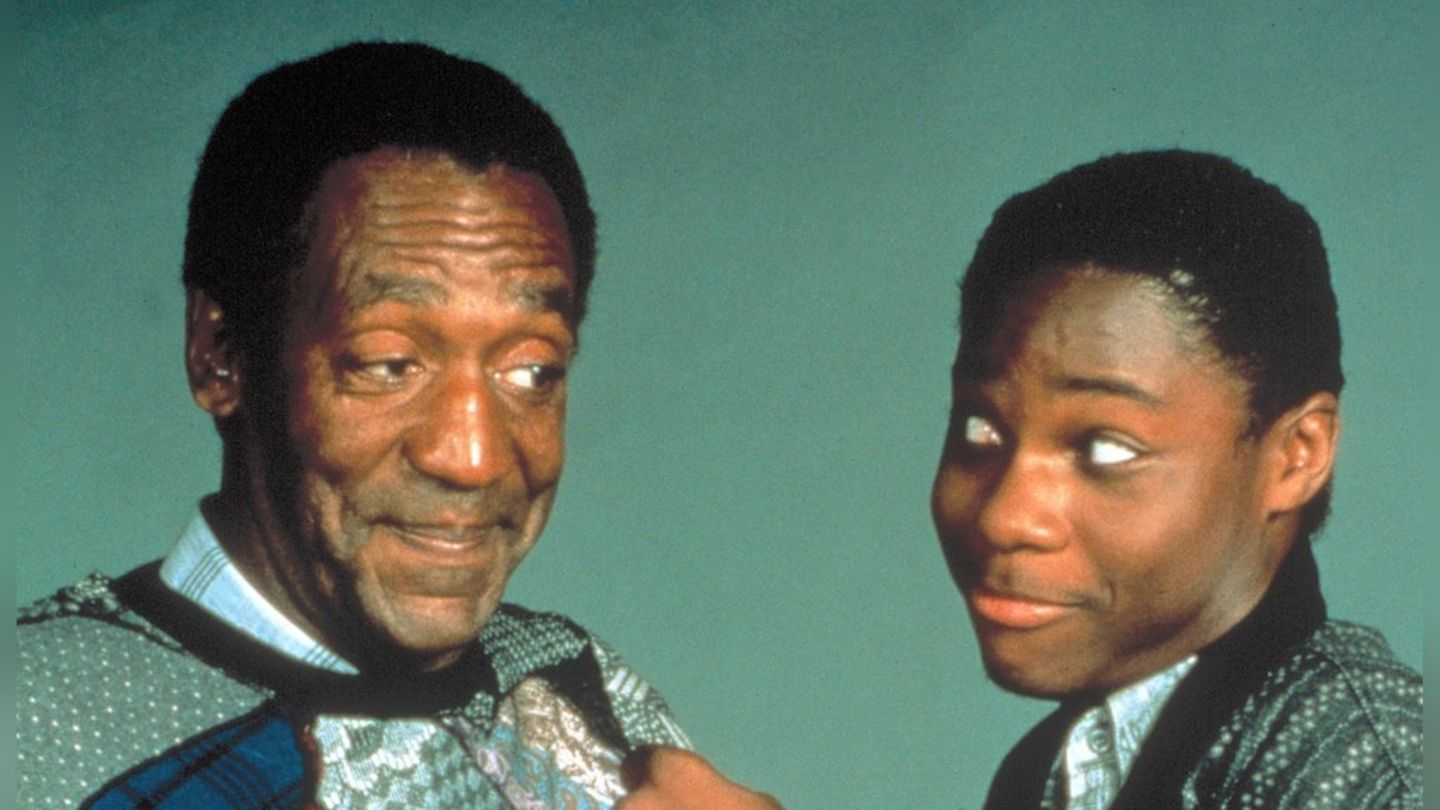In the same line, the MEP dollar or Stock Exchange -also valued with the Global 2030 bond- rose 0.2% to $192.20so the spread with the officer reached 73.3%.
The financial dollars operate with relative calm since the circle is fed by rebalancing of portfolios in favor of the “carry-trade”. “It is a tactic that has been leaving solid returns thanks to the CER titles that continue to be the vehicles of choice”explained an economist.
The recent agreement reached by the country with the International Monetary Fund (IMF) to refinance some 45,000 million dollars gave a little air to the financial dollar market, but indications are awaited from the Government to be able to meet the objectives set out in the understanding.
The agreement with the IMF establishes a grace period of four and a half years, and extends disbursement payments to 10 years, so the country will begin to pay off the debt in 2026 and end in 2034, in addition to establishing growth goals, lowering inflation and subsidies, strengthening the reserves of the Central Bank (BCRA) and quarterly reviews of the accounts.
Meanwhile, “the political short circuits within the ruling coalition continue to focus concerns, given that they could not only further complicate the government’s management but also the fulfillment of the goals agreed with the IMF,” a market source commented.
In the global context, meanwhile, attention remains focused on the peace talks between Russia and Ukraine, albeit with reduced optimism.
Like the financial dollars, the blue dollar bounced $1 to $201, according to a field survey in the Black Market of Currencies.
In this way, the gap with the wholesale official exchange rate rose to 81.3%, from its lowest level since July 2021. The parallel dollar came from operating at a low of 2022 ($200).
official dollar
The retail dollar -without taxes- advanced 10 cents to $116.31 this Wednesday, according to the average in the main banks of the financial system. In turn, the retail value of the currency at Banco Nación increased 25 cents to $116.
A) Yes. the savings dollar or solidarity dollar -retailer plus taxes- it rose 16 cents to $191.96 on average.
in the segment wholesalerthe dollar up seven cents to $110.89. The volume operated in the cash segment reached US$257.6 million.
So far in March, the wholesale exchange rate shows an increase of 3.2%, well above the adjustments of the first months of 2022, confirming a certain shift in the official strategy that now shows a greater acceleration of the adjustment of the dollar.
The Central Bank sold some US$35 million, to accumulate 7 negative balances in the last 9 days. A) Yes, reduced to u$s356 million the accumulated monthly of its interventions in the wholesale foreign exchange market, far from the US$560 million of net purchases it had in the first half of March.
“A slight decrease in the volume of genuine income, added to a more active demand boosted by the needs of the end of the month, generated a scenario that once again required official intervention to address the lack of supply”indicated the analyst Gustavo Quintana.
For their part, from StoneX they indicated that there is currently “Absolute tranquility in a more relaxed exchange market after the IMF agreement, entering the stage of greatest liquidation of currencies and with very good results in the tenders for pesos of the Ministry of Economy.”
dollar in the world
The dollar depreciated to a near two-week low around the world on Wednesday, as optimism over Russia-Ukraine peace talks faded and investors’ attention turned to economic data and expectations around futures. interest rates.
The dollar index, which compares the greenback to a basket of six currencieslost 0.57% to 97,861 unitsafter hitting its lowest level since March 17. Much of that weakness was due to the strength of the euro, which rebounded on Tuesday following Russia’s promise during peace talks to scale back its attacks on kyiv.
The change of tone in the peace talks between Russia and Ukraine suggested that “The conflict may be moving into a more localized phase with some of the more extreme risk scenarios reducing in probability,” JPMorgan analysts said in a note to clients on Wednesday recommending buying the euro/dollar parity.
Although optimism about the Moscow-kyiv talks faded, inflation reports fueled expectations that rising costs, accelerated by the Russian invasion of Ukraine, it would force Europe to raise interest rates sooner rather than later, supporting the euro.
Preliminary data showed that German annual inflation advanced to its highest level in more than 40 years in March as the prices of natural gas and petroleum products soared. Preliminary CPI data from Spain for March showed prices rising at their fastest pace since May 1985.
The euro traded at its highest level against the dollar since March 1, later trading 0.6% higher at $1.1152. Elsewhere, the yen gained 0.83% against the US currency at 121.85 per dollar.
Source: Ambito
David William is a talented author who has made a name for himself in the world of writing. He is a professional author who writes on a wide range of topics, from general interest to opinion news. David is currently working as a writer at 24 hours worlds where he brings his unique perspective and in-depth research to his articles, making them both informative and engaging.




